Force Protection Is a Pacific Priority
The largest U.S. combatant command, the U.S. Indo-Pacific Command, has to disperse warfighters across a huge swath of the Earth in the Indo-Pacific region, as it ensures stability and deters aggression in the region. Facing a rising near-peer adversarial environment, INDOPACOM’s goal is to protect U.S. warfighters, said Maj. Gen. Joshua M. Rudd, USA, chief of staff, U.S. Indo-Pacific Command, speaking at the AFCEA TechNet IndoPacific conference in Honolulu, being held November 1-3.
“The number one priority that we have is protecting our forces,” the chief of staff noted. “And we'll do that through a number of initiatives. It could be 360-degree radar missile initiatives throughout the theater. But it could also be as simple as how do you protect an individual at the edge of the battlefield, on a personal device. Because in the competition phase, it's not necessarily tactical radios, or big satellite dishes or long-range fires that present an opportunity to threaten our forces. In the digital age, we are continuously leaving opportunity and presenting a signature that can be exploited. So, protecting the joint force is the first thing that we think about when we think about technological advantage and the way we need to modernize and continue to improve our capability.”
The ability to maintain freedom of maneuver in the region, and not be stopped by enemies, depends in part on technological support, the general said. “We need to be able to build resilient architecture that if parts of it goes down, another part of it quickly picks up that responsibility. And that happens at the strategic all the way down to the tactical edge. We're also looking at how we improve our all-domain battlespace awareness."
We wake up everyday and think what more do we need to do to avoid conflict. We know integrated deterrence, Joint, all domain, and the allied & partner enterprise needs to happen faster, says
— Kimberly Underwood (@Kunderwood_SGNL) November 1, 2022
MG Rudd @USArmy Chief of Staff @INDOPACOM #AFCEATechNet @afceahawaii @AFCEA
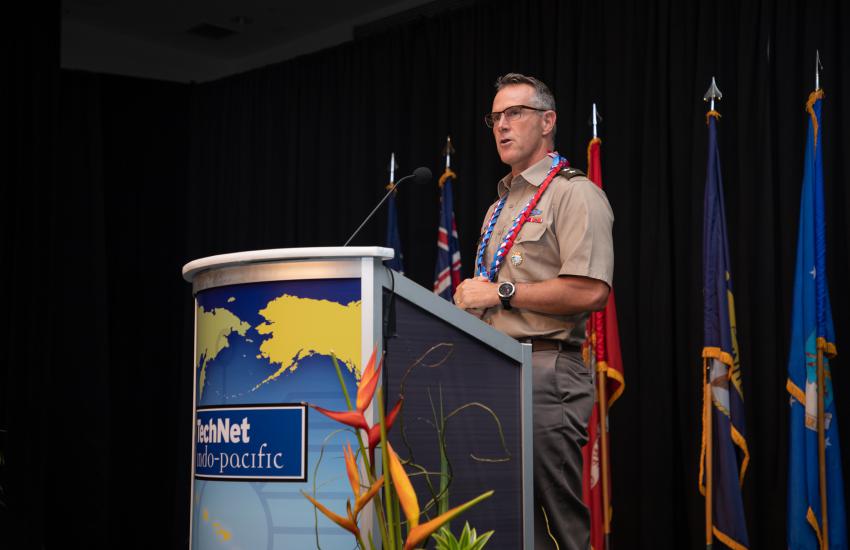
The ability to maintain freedom of maneuver in the region, and not be stopped by enemies, depends in part on technological support, the general said. “We need to be able to build resilient architecture that if parts of it goes down, another part of it quickly picks up that responsibility. And that happens at the strategic all the way down to the tactical edge. We're also looking at how we improve our all-domain battlespace awareness.”
In addition, INDOPACOM considers the ability to leverage integrated fire capabilities a key element for its arsenal. “Integrated fires is something that we hope we never have to do, but it's something that we've absolutely got to be prepared to do,” Gen. Rudd stated. “And the more capable we are of doing that, and the more credibly, and as many places that we can provide that, from the ground, from the air, from the maritime domain, we know that in and of itself achieves a deterrent effect.”
Technology also will support how the combatant command trains across the joint all-domain environment, as well as how it prepares with allies and partners.
“We're looking at initiatives, like the Pacific multidomain training and experiment capability initiative that looks to connect all pieces of training,” the general shared. “And let's just call it what it is. Training is a rehearsal for combat. And if we can do that effectively, in a mission partner environment, that will be effective not only in increasing our integrated capabilities, but also in delivering a deterrent effect.”
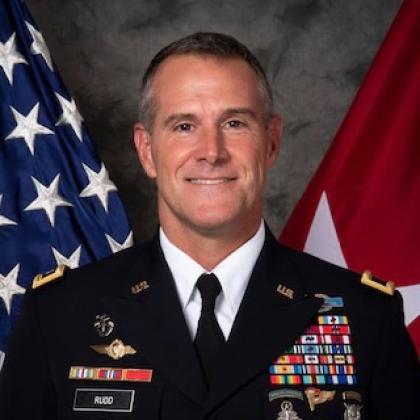
Our adversaries are only continuing to increase their capability and capacity and accelerating the time in which they could decide to achieve their objectives by force. And so, we're focused on that laser-like, day in and day out.
As for capabilities the command is looking for from industry, Gen. Rudd emphasized three areas: cloud, multidomain solutions and command and control.
“We need to move the cloud to the edge in Hawaii and in the theater and make it part of our resilient architecture and a reconstitutable warfighting system. We need to continue to work cross-domain solutions not only within our military, but again, with our allies and partners. And then finally, we need assured C2, the ability to be resilient, protected, defended and hardened.”
With China threatening to be the world’s leader by 2027 and perhaps invade Taiwan much sooner, the importance of delivering integrated deterrence with U.S. partners and allies in the region will remain a steadfast commitment of the command. “Every day we wake up, we look at the Indo-Pacific region, and we ask ourselves, ‘What more do we need to do to avoid conflict?’” he continued. “And then we will quickly ask ourselves, ‘If that doesn't work, what do we need to do to be prepared to fight and win?’”
“Time is not on our side,” Gen. Rudd stressed. “The entirety of the problem set is so massive, and our adversaries are only continuing to increase their capability and capacity and accelerating the time in which they could decide to achieve their objectives by force. And so, we're focused on that laser-like, day in and day out.”
MG Joshua M. Rudd, USA, Chief of Staff, U.S. Indo-Pacific Command @INDOPACOM#AFCEATechNet @afceahawaii @AFCEA
— Kimberly Underwood (@Kunderwood_SGNL) November 1, 2022
The Indo-Pacific is the most consequential theater in the world-we know it is not the only one – and we are assisting allies & partners in the Europe
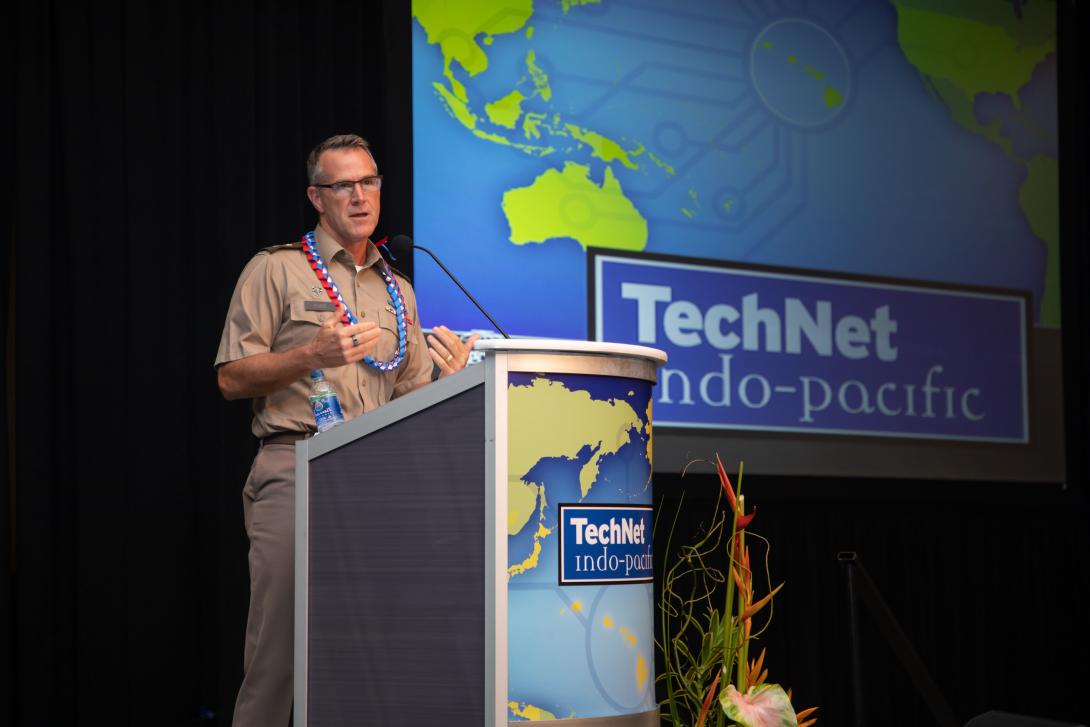

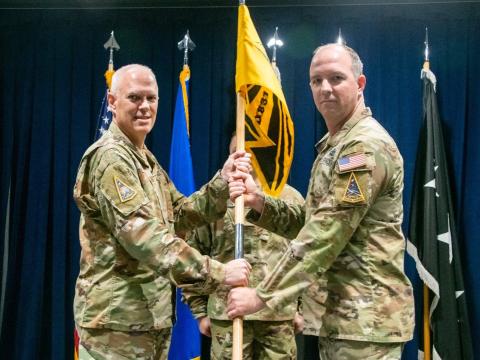
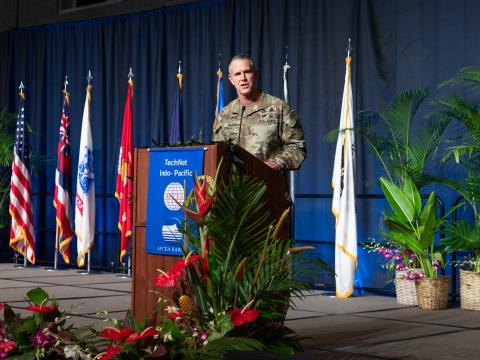
Comments